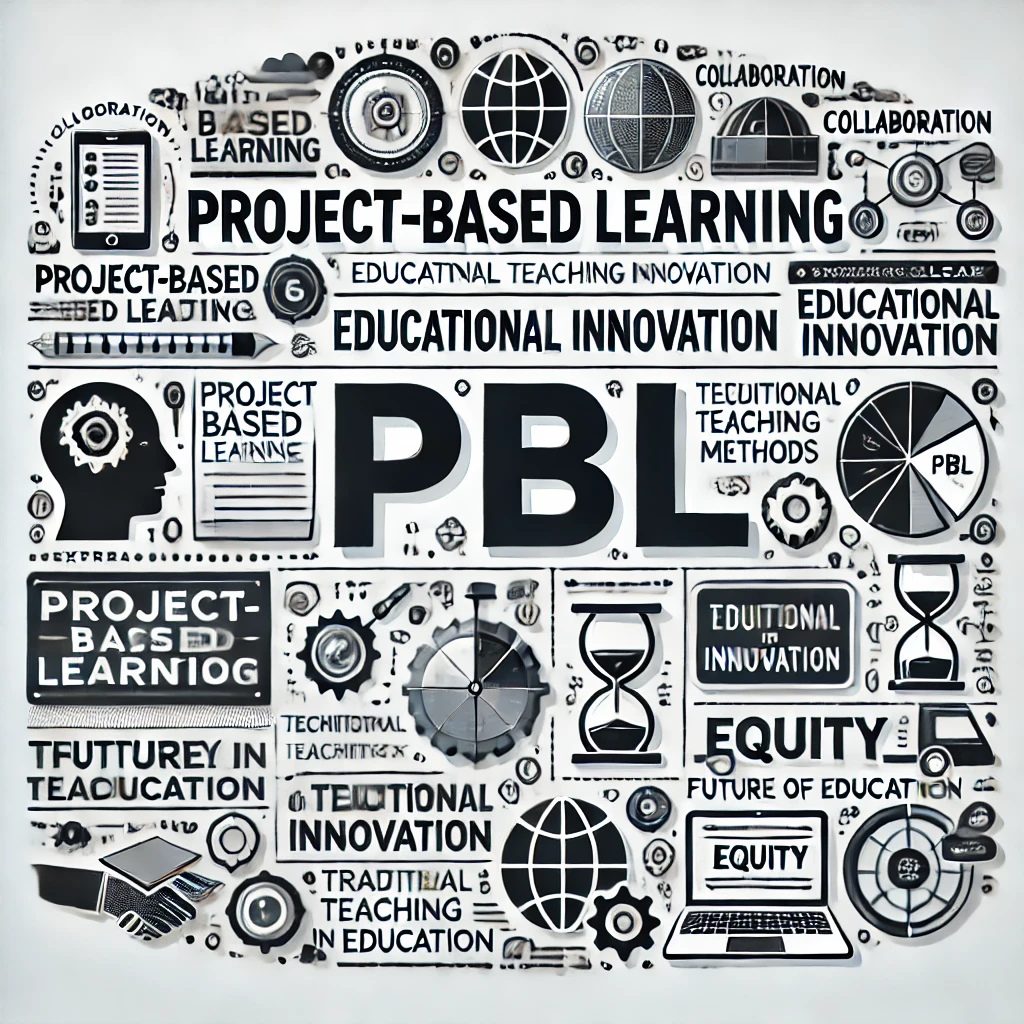Critical Review on Innovative Teaching and Learning
Moving Education for the Future
Introduction: The Hype vs. Reality of Innovative Education
The term “innovative teaching and learning” is often hailed as the future of education, promising to revolutionize how students are taught and prepared for the challenges of the 21st century. With the rise of digital technologies, project-based learning, and personalized instruction, the landscape of education is purportedly shifting towards a more dynamic, student-centered approach. However, beneath the optimism lies a stark question: Are these innovations truly transforming education for the better, or are they merely repackaging traditional methods in shiny new forms? This critical review delves into the reality behind the rhetoric of innovative teaching and learning, challenging whether these developments are truly beneficial or if they risk perpetuating inequities and inefficiencies in the education system.
The Overemphasis on Technology: Are We Forgetting the Human Element?
One of the central pillars of innovative teaching is the integration of technology in the classroom. From interactive whiteboards to AI-powered educational tools, technology is seen as the ultimate solution to many of education’s problems. However, critics argue that this overemphasis on digital tools risks sidelining the human element that is crucial to learning. Education is fundamentally a social process, and reducing teaching to a mere exchange of information mediated by screens can erode the personal connections that foster deep understanding and critical thinking (Alsaleh, 2020).

Personalized Learning: A Solution or a Problem in Disguise?
Personalized learning has been championed as a key feature of innovative teaching, with advocates claiming that it tailors’ education to the individual needs, strengths, and interests of each student. The idea is that by customizing learning paths, students can achieve greater engagement and better outcomes. However, while this concept sounds ideal in theory, its practical implementation raises several concerns (Boninger et al., 2019).
There is a risk that personalized learning could reinforce existing biases. Algorithms that guide customized learning principles are often built on data that reflects historical inequalities, leading to a reinforcement of existing gaps rather than closing them (Marras et al., 2022).
Project-Based Learning: Innovation or Educational Fad?
Another hallmark of innovative teaching is project-based learning (PBL), where students work on real-world problems through hands-on, collaborative projects (Karan & Brown, 2022). While PBL is praised for its ability to engage students and develop skills like teamwork and creativity, critics argue that it often lacks the depth needed to ensure a solid foundation in core academic subjects (Belwal et al., 2020).
The enthusiasm for PBL can sometimes lead to the abandonment of traditional teaching methods, such as direct instruction, that are essential for transmitting foundational knowledge. Without a strong grounding in basic concepts, students may struggle to apply their learning to more complex, real-world problems. In some cases, PBL turns into busy work, where students are given tasks that mimic real-world activities but fail to challenge their intellectual capacities (Li, 2022).
Equity in Innovation: Who Benefits and Who Gets Left Behind?
One of the most pressing concerns in the discussion of innovative teaching and learning is the issue of equity. While new teaching methods and technologies may benefit some students, they often leave others—especially those from marginalized communities—further behind. Critics argue that innovation in education is frequently rolled out in ways that privilege already-advantaged students while failing to address the systemic barriers that hinder others from accessing the same opportunities (Pittman et al., 2021).
For example, wealthier schools are often the first to implement cutting-edge technologies, while schools in low-income areas struggle to provide even the most basic resources. This unequal distribution of educational innovation exacerbates existing disparities in academic achievement. Additionally, students who do not have access to stable internet connections, personal devices, or supportive learning environments outside of school are at a significant disadvantage in the so-called “future of education.”

Conclusion: The Future of Education—A Reality Check
While the promise of innovative teaching and learning is enticing, this review reveals that many of the so-called innovations in education come with significant drawbacks. The overreliance on technology risks dehumanizing the learning experience, personalized learning can perpetuate existing inequalities, and project-based learning often lacks the rigor needed for deep academic understanding. Furthermore, the issue of equity is frequently overlooked in the race to implement new methods, leaving behind those who are most in need of educational reform.
References
Aithal, P. S., Prabhu, S., & Aithal, S. (2024). Future of Higher Education through Technology Prediction and Forecasting. Poornaprajna International Journal of Management, Education, and Social Science (PIJMESS), 1(1), 01-50.
Alsaleh, N. J. (2020). Teaching Critical Thinking Skills: Literature Review. Turkish Online Journal of Educational Technology-TOJET, 19(1), 21-39.
Belwal, R., Belwal, S., Sufian, A. B., & Al Badi, A. (2020). Project-based learning (PBL): outcomes of students’ engagement in an external consultancy project in Oman. Education+ Training, 63(3), 336-359.
Boninger, F., Molnar, A., & Saldaña, C. M. (2019). Personalized Learning and the Digital Privatization of Curriculum and Teaching. National Education Policy Center.
Karan, E., & Brown, L. (2022). Enhancing Student's Problem-Solving Skills through Project-Based Learning. Journal of Problem Based Learning in Higher Education, 10(1), 74-87.
Li, H. (2022). Educational change towards problem based learning: An organizational perspective. River Publishers.
Marras, M., Boratto, L., Ramos, G., & Fenu, G. (2022). Equality of learning opportunity via individual fairness in personalized recommendations. International Journal of Artificial Intelligence in Education, 32(3), 636-684.
Pittman, J., Severino, L., DeCarlo-Tecce, M. J., & Kiosoglous, C. (2021). An action research case study: Digital equity and educational inclusion during an emergent COVID-19 divide. Journal for Multicultural Education, 15(1), 68-84.